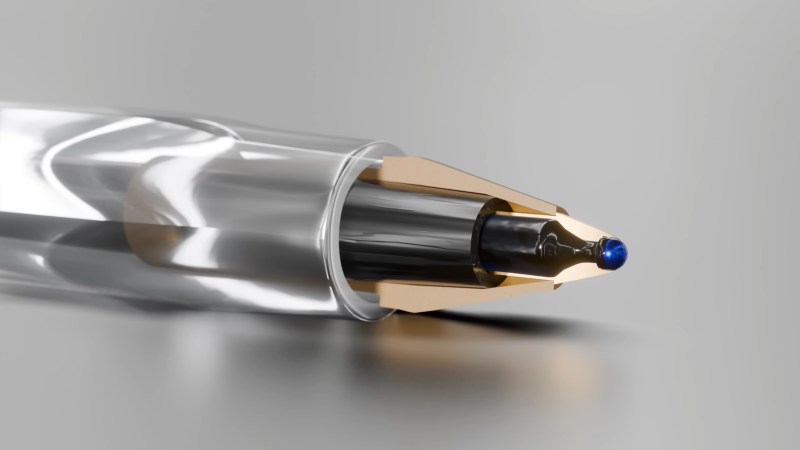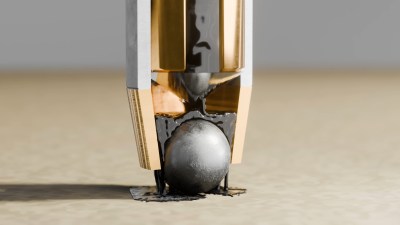This Is How a Pen Changed the World

Look around you. Chances are, there’s a BiC Cristal ballpoint pen among your odds and ends. Since 1950, it has far outsold the Rubik’s Cube and even the iPhone, and yet, it’s one of the most unsung and overlooked pieces of technology ever invented. And weirdly, it hasn’t had the honor of trademark erosion like Xerox or Kleenex. When you ‘flick a Bic’, you’re using a lighter.
It’s probably hard to imagine writing with a feather and a bottle of ink, but that’s what writing was limited to for hundreds of years. When fountain pens first came along, they were revolutionary, albeit expensive and leaky. In 1900, the world literacy rate stood around 20%, and exorbitantly-priced, unreliable utensils weren’t helping.
 In 1888, American inventor John Loud created the first ballpoint pen. It worked well on leather and wood and the like, but absolutely shredded paper, making it almost useless.
In 1888, American inventor John Loud created the first ballpoint pen. It worked well on leather and wood and the like, but absolutely shredded paper, making it almost useless.
One problem was that while the ball worked better than a nib, it had to be an absolutely perfect fit, or ink would either get stuck or leak out everywhere. Then along came Lazlo Biro, who turned instead to the ink to solve the problems of the ballpoint.
Biro’s ink was oil-based, and sat on top of the paper rather than seeping through the fibers. While gravity and pen angle had been a problem in previous designs, Biro’s ink induced capillary action in the pen, allowing it to write reliably from most angles. You’d think this is where the story ends, but no. Biro charged quite a bit for his pens, which didn’t help the whole world literacy thing.
French businessman Marcel Bich became interested in Biro’s biro and bought the patent rights for $2 million ($26M in 2024). This is where things get interesting, and when the ballpoint pen becomes incredibly cheap and ubiquitous. In addition to thicker ink, the secret is in precision-machined steel balls, which Marcel Bich was able to manufacture using Swiss watchmaking machinery. When released in 1950, the Bic Cristal cost just $2. Since this vital instrument has continued to be so affordable, world literacy is at 90% today.
When we wrote about the Cristal, we did our best to capture the essence of what about the pen makes continuous, dependable ink transmission possible, but the video below goes much further, with extremely detailed 3D models.
Thanks to both [George Graves] and [Stephen Walters] for the tip!
from Blog – Hackaday https://ift.tt/O5Ynb2x
Comments
Post a Comment